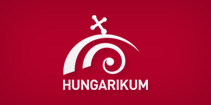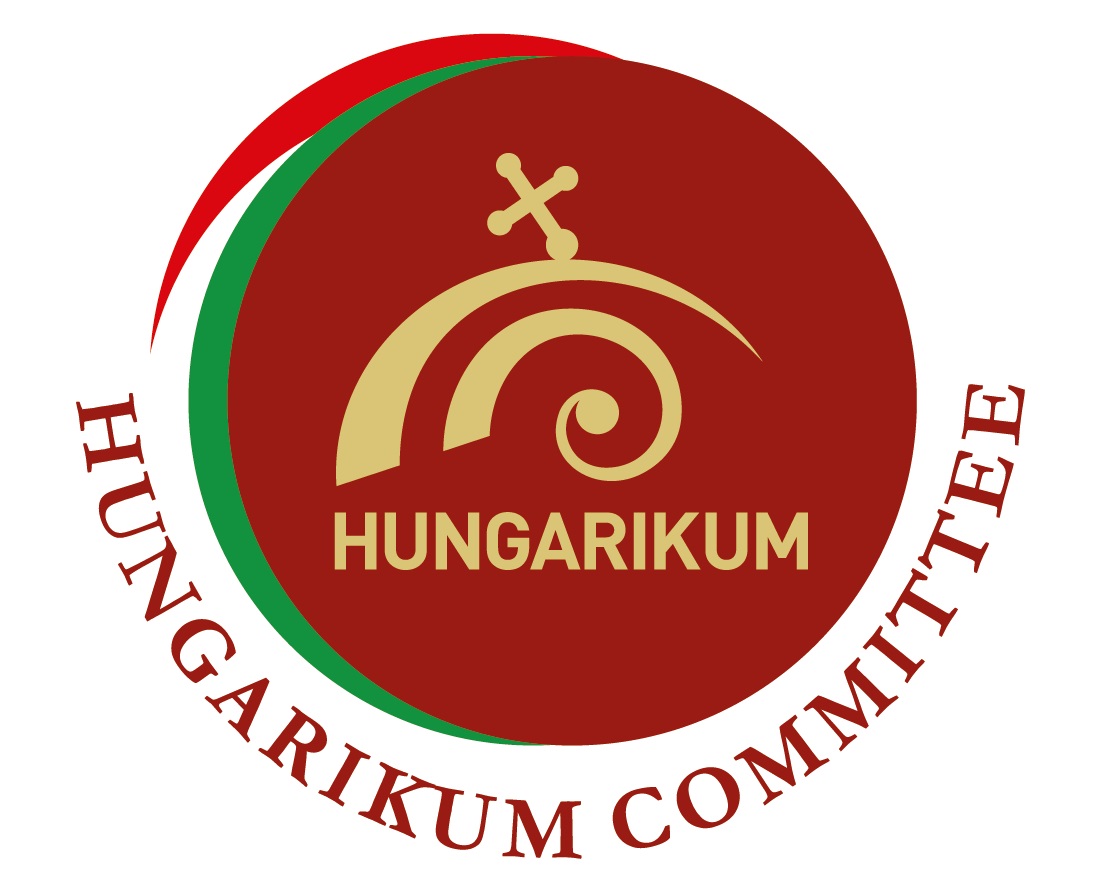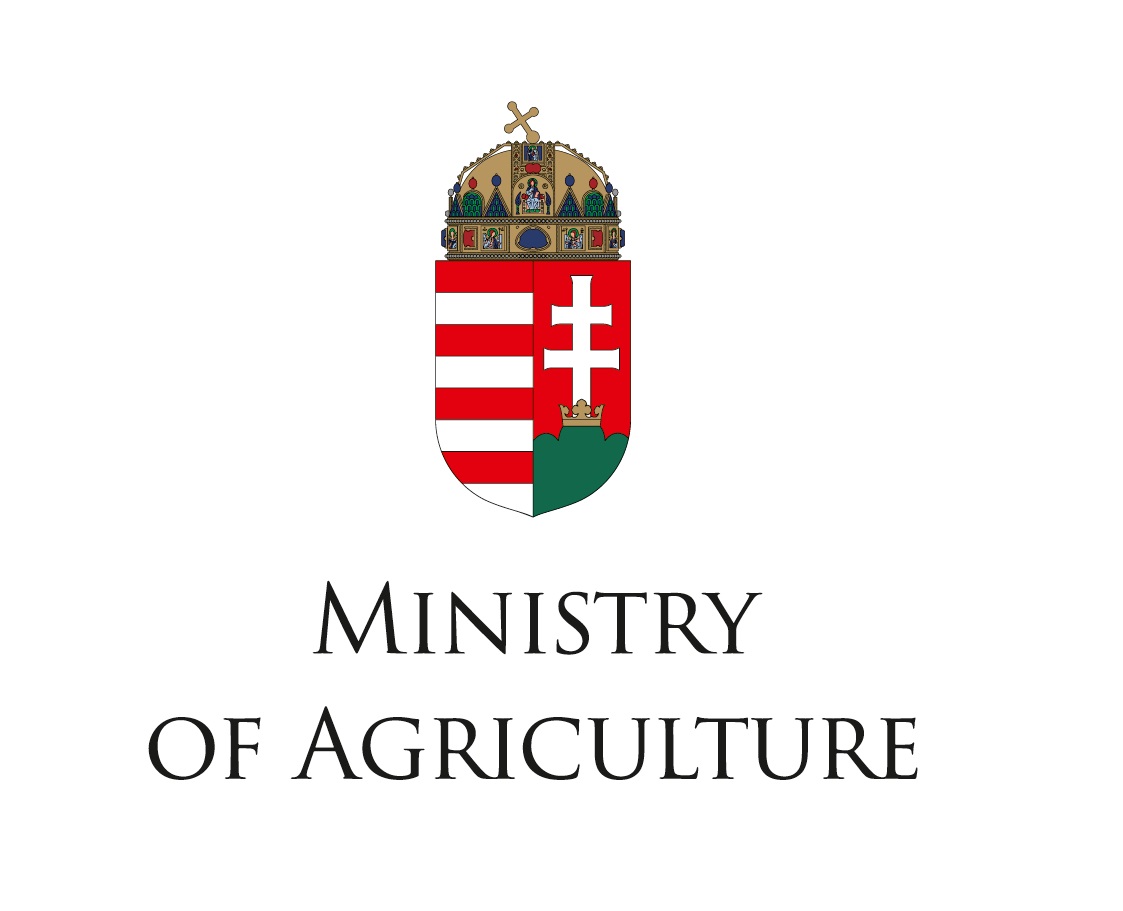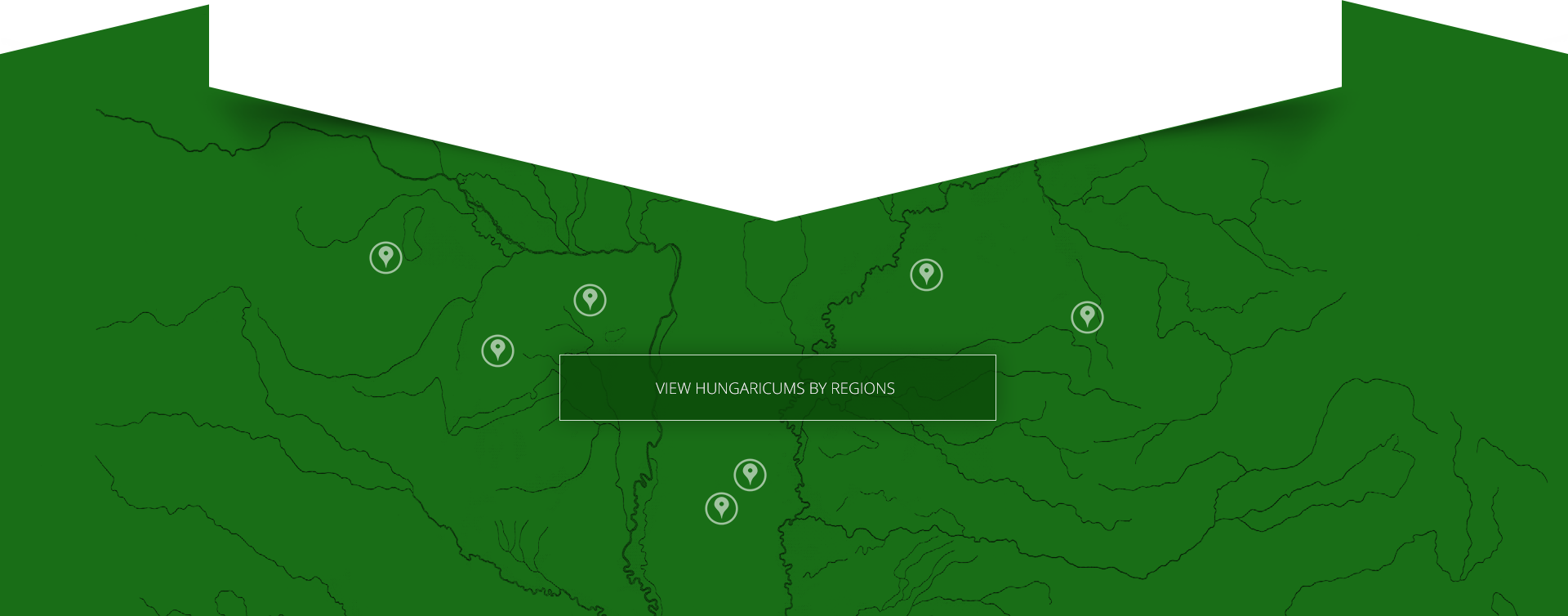Nemzeti értékek

Komondor, Kuvasz, Puli, Pumi, Mudi, Hungarian Vizsla, Hungarian Wirehaired Vizsla, Transylvanian Hound, Hungarian Agár

Aunt Ilcsi (Mrs. Dániel Molnár) started her professional career in the 1950s.
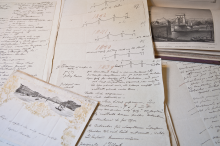
The huge and unprecedented lifework of Count István Széchenyi stood out not only in his own age, but carries important values for the successors too. His exemplary love toward his homeland, belief in progress, sacrifices, willpower and last but not least, practical works made him to one of the greatest figures of the Hungarian history.
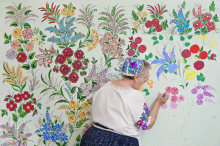
The Kalocsa embroidery and wall-painting with coloured flowers is known in many places and is often thought to be the
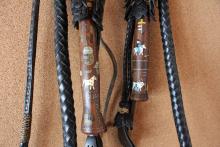
The karikás ostor is one of the outstanding values of Hungarian folklore, an indispensable part of shepherd culture and shepherd art.
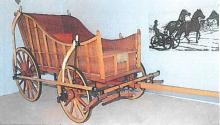
The village of Kocs gave its name to the carriage, a fast, light, comfortable and safe vehicle whose reputation sprea
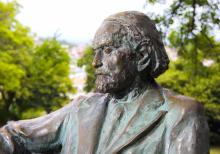

János Kürti announced his invention on the 25th of June 1979, that makes possible to repair faulty magnetic data storage media and, consequently, to archive data.

A höveji csipke különlegessége és egyedisége megkülönböztetésre, kiemelésre méltó értéket jelöl

The tradition of making lángos (”fried flatbread”) is closely linked to bread making.

